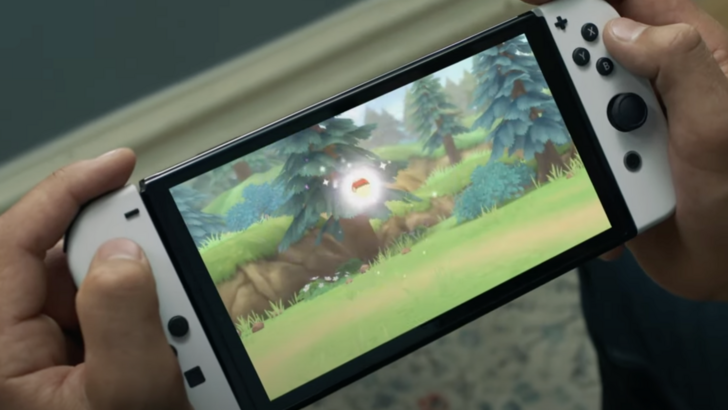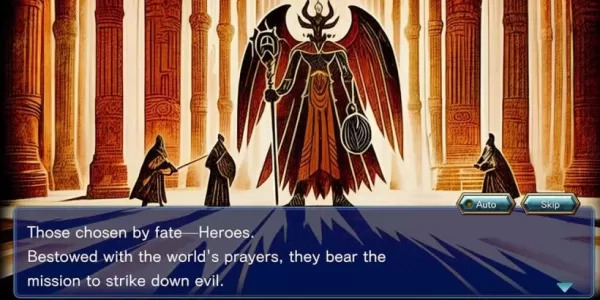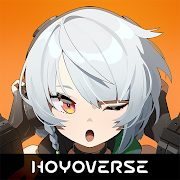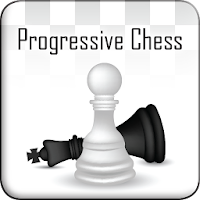Home > News > Capcom Was on Its Knees After Resident Evil 6, Now Monster Hunter Wilds Cements Its Golden Era — Here's How It Did It
Capcom Was on Its Knees After Resident Evil 6, Now Monster Hunter Wilds Cements Its Golden Era — Here's How It Did It
With Monster Hunter Rise shattering Steam records and Resident Evil enjoying unprecedented popularity thanks to Village and several stellar remakes, Capcom's current success almost seems inevitable. However, this wasn't always the case. Less than a decade ago, a string of critical and commercial failures left the company teetering on the brink, lost both in its identity and its audience.
Capcom suffered a significant identity crisis. Resident Evil, the pioneer of survival horror, lost its edge after Resident Evil 4. Similarly, Street Fighter, another flagship franchise, faltered with the poorly received Street Fighter 5. The situation looked dire; Capcom, and its beloved games, were facing potential extinction.
Yet, a glimmer of hope emerged. A strategic shift in game development, coupled with a powerful new game engine, revitalized these iconic series, sparking years of critical and commercial triumph that catapulted Capcom back to the forefront of the gaming industry.
Resident Evil Lost Its Way
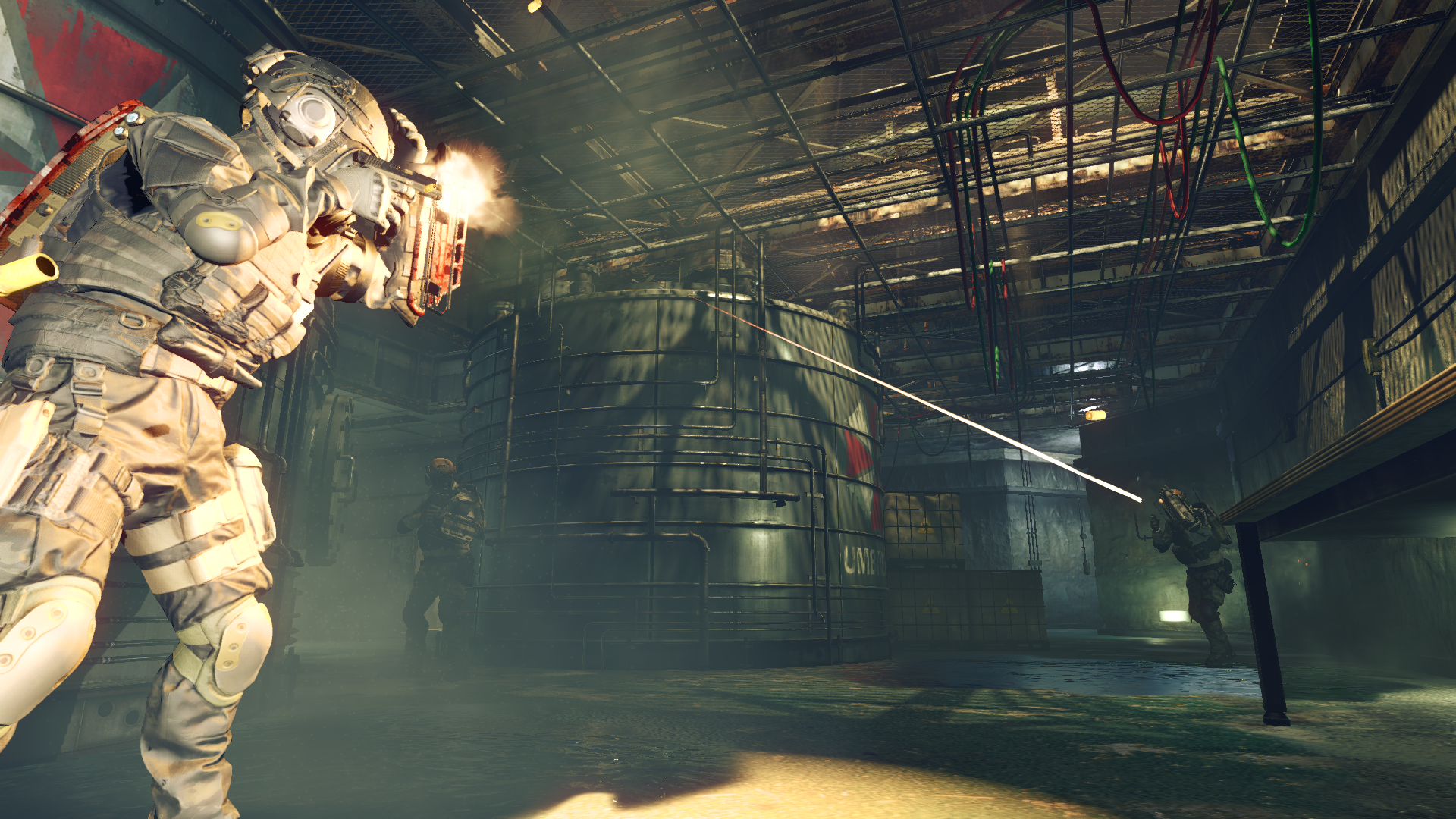
2016 proved particularly challenging. Umbrella Corps, the year's major Resident Evil release, a co-op online shooter, was met with harsh criticism from both reviewers and fans. Street Fighter 5 similarly disappointed long-time fans, a stark contrast to the acclaimed Street Fighter 4. Even the long-awaited return of Frank West in Dead Rising 4 couldn't salvage the situation, marking the end of the series' new entries.
This marked the nadir of a series of underwhelming years for Capcom, dating back to 2010. Mainline Resident Evil titles, despite strong sales, received increasingly negative reviews. Street Fighter struggled after a poorly-received installment, and other Capcom mainstays like Devil May Cry were largely absent. Meanwhile, Monster Hunter, while immensely popular in Japan, struggled to gain significant traction in international markets.
This contrasts sharply with the Capcom we know today. Since 2017, Capcom has consistently delivered hit after hit, accumulating both sales and critical acclaim across its most famous franchises. This includes Monster Hunter: World, Devil May Cry 5, Street Fighter 6, a trio of industry-leading remakes, and a critically acclaimed soft reboot of the Resident Evil series. In short: Capcom's recent track record is virtually flawless.
This resurgence wasn't merely a matter of learning from past mistakes. Capcom fundamentally overhauled its entire strategy, from target audience to the technology employed, to achieve such a dramatic turnaround. To understand this transformation, IGN spoke with four of Capcom's leading creatives to uncover how one of gaming's most successful companies overcame adversity and emerged stronger than ever.
Capcom, established in 1979 as a manufacturer of electronic game machines, ascended to prominence during the 80s and 90s with 2D titles like Street Fighter and Mega Man, successfully transitioning to 3D with games like Resident Evil. Between 2000 and 2010, Capcom successfully modernized many of its classic franchises, culminating in one of the greatest games of all time: Resident Evil 4.
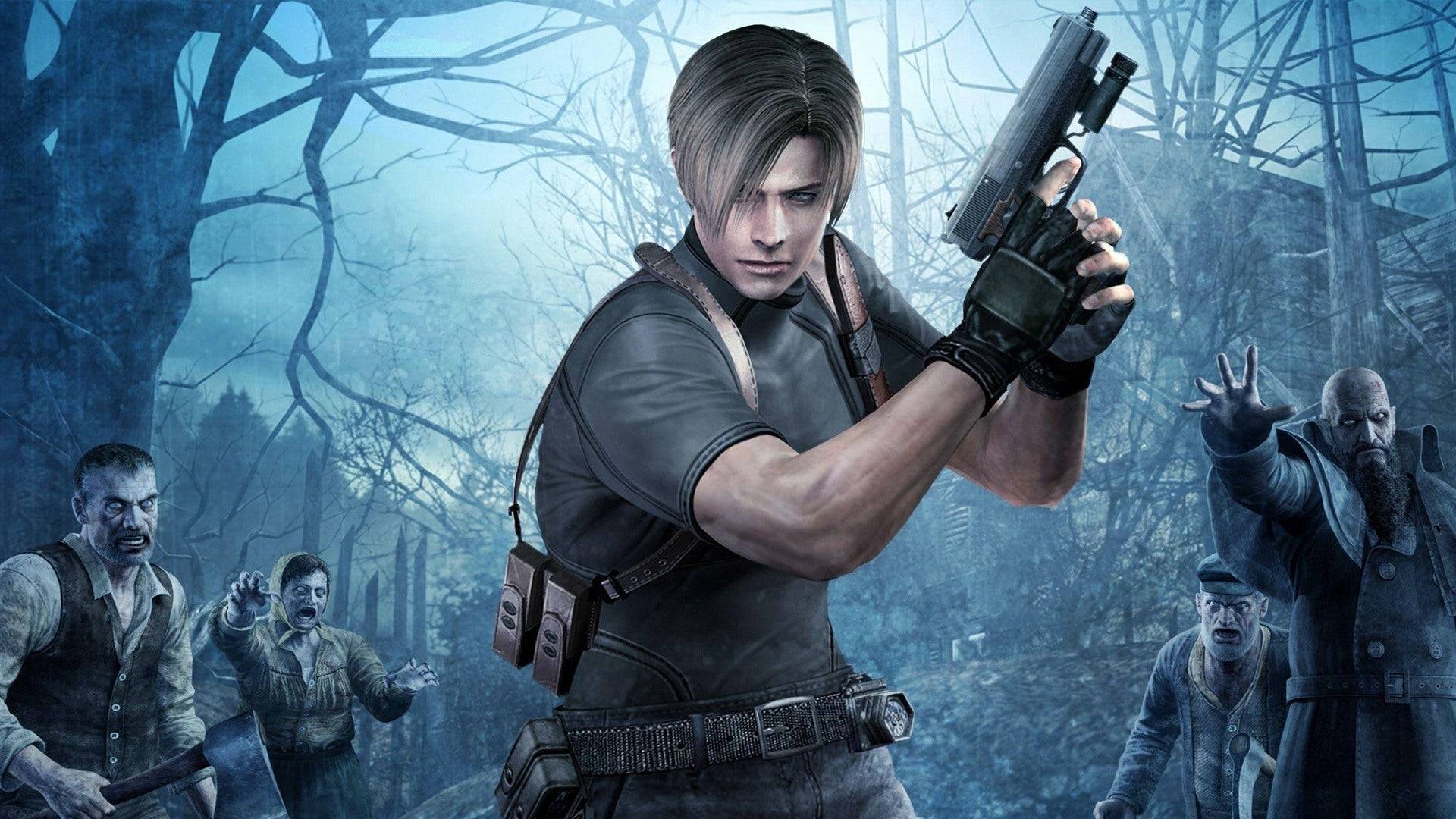
Released in 2005, Resident Evil 4 is widely regarded as a generational high point, ingeniously blending horror and action. However, this blend dramatically altered the course of the Resident Evil franchise. While fundamentally a horror game, drawing inspiration from sources like Friday the 13th, H.P. Lovecraft, and John Carpenter, it also incorporated highly effective action sequences. Unfortunately, this balance was lost in subsequent installments.
In 2009's Resident Evil 5, Chris Redfield punches a boulder the size of a car with his bare fists, and infected enemies are gunned down in a car chase more reminiscent of Fast and Furious than a terrifying horror experience. The series' identity was fading, a fact recognized by both players and developers like Resident Evil 4 remake director Yasuhiro Ampo, who has been involved with the series since 1996.
"Throughout the Resident Evil series, we've set different goals and challenges for each game," Ampo explains. "But this time, many of us felt that what fans wanted was diverging from what we were creating."
This lack of direction resulted in games like 2012's Resident Evil 6, which attempted to please both action and horror fans simultaneously. By splitting the game into three storylines with six playable characters, it failed to achieve the crucial balance, leaving neither group fully satisfied. Disappointed fans voiced their concerns online, while developers continued experimenting with online co-op spin-offs.
This decline wasn't limited to Capcom's survival horror franchise. Following the success of Street Fighter 4, which captivated fighting game tournaments and college dorm rooms alike, Capcom failed to replicate this success with its sequel. Street Fighter 5 (2016) was criticized for its barebones single-player content and poor online functionality. Fans cited a lack of polish and confusing balance, resulting in a frustrating experience.
The struggles extended beyond Street Fighter and Resident Evil. Almost every major franchise faced challenges. Devil May Cry, a popular action series, saw diminishing returns, leading Capcom to outsource DmC: Devil May Cry (2013) to Ninja Theory. While achieving cult status, its fresh take on mythology, redesigned protagonist, and low frame rate alienated many fans, resulting in the series being shelved.
This period defined Capcom's early-to-mid 2010s. Key franchises struggled to maintain past successes, while others were put on hold. New titles aiming for the Western market, such as Lost Planet and Asura's Wrath, also failed to resonate. While there were bright spots, like Dragon's Dogma, Capcom's overall focus appeared scattered. Change was clearly necessary.
Street Fighter 5, The Lost Cause
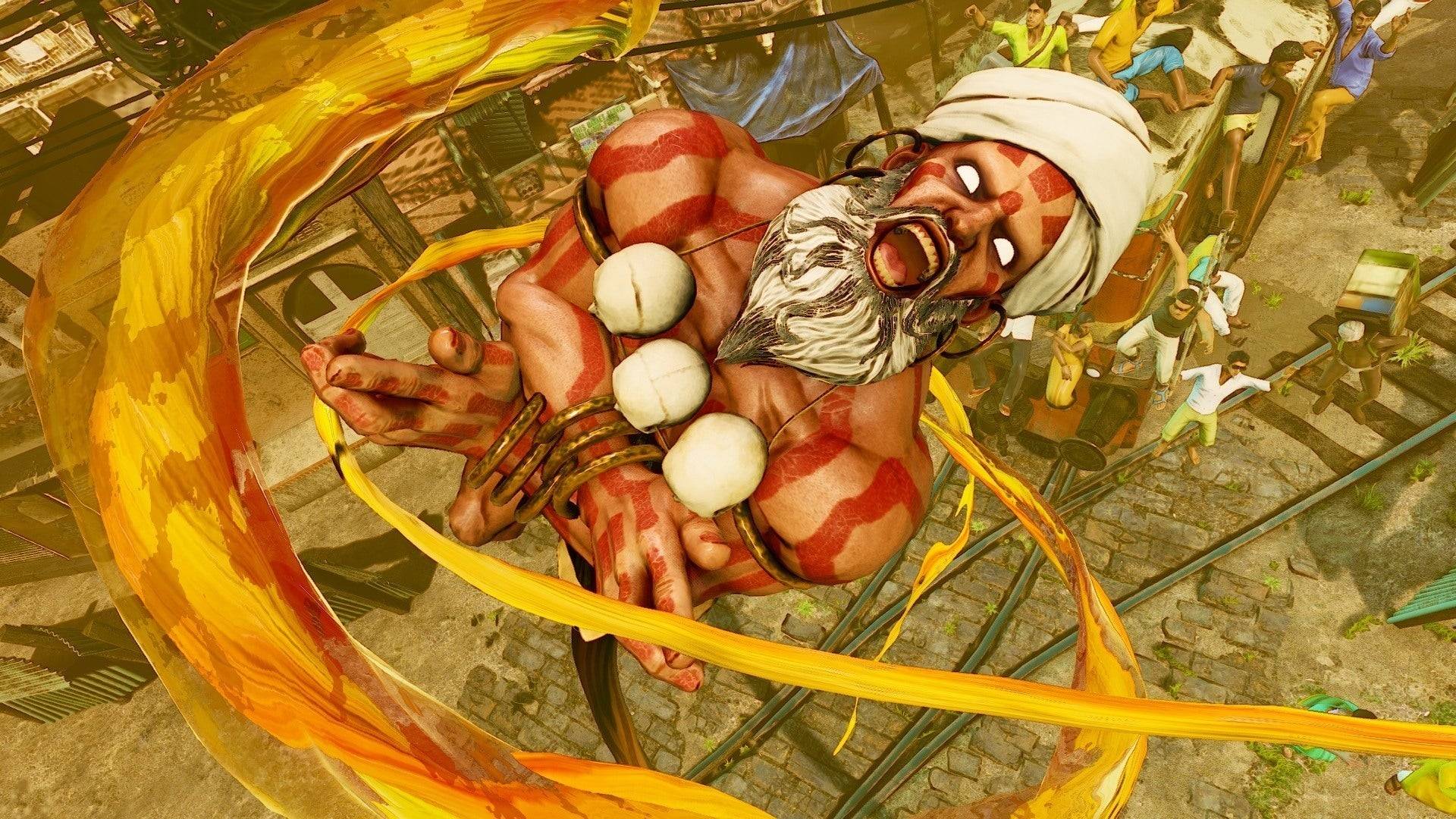
By the mid-2010s, Capcom began implementing strategic changes that would dramatically alter its trajectory. These changes started small, focusing on addressing immediate issues. Street Fighter 5 needed a fix, so Capcom enlisted director Takayuki Nakayama and producer Shuhei Matsumoto.
While not involved from the outset, they inherited a game requiring substantial improvements to regain fan trust.
"There were challenges in the game's production, which is why I joined the team," Nakayama admits. "We couldn't make major changes, so we had to proceed in the current direction, limiting what we could do."
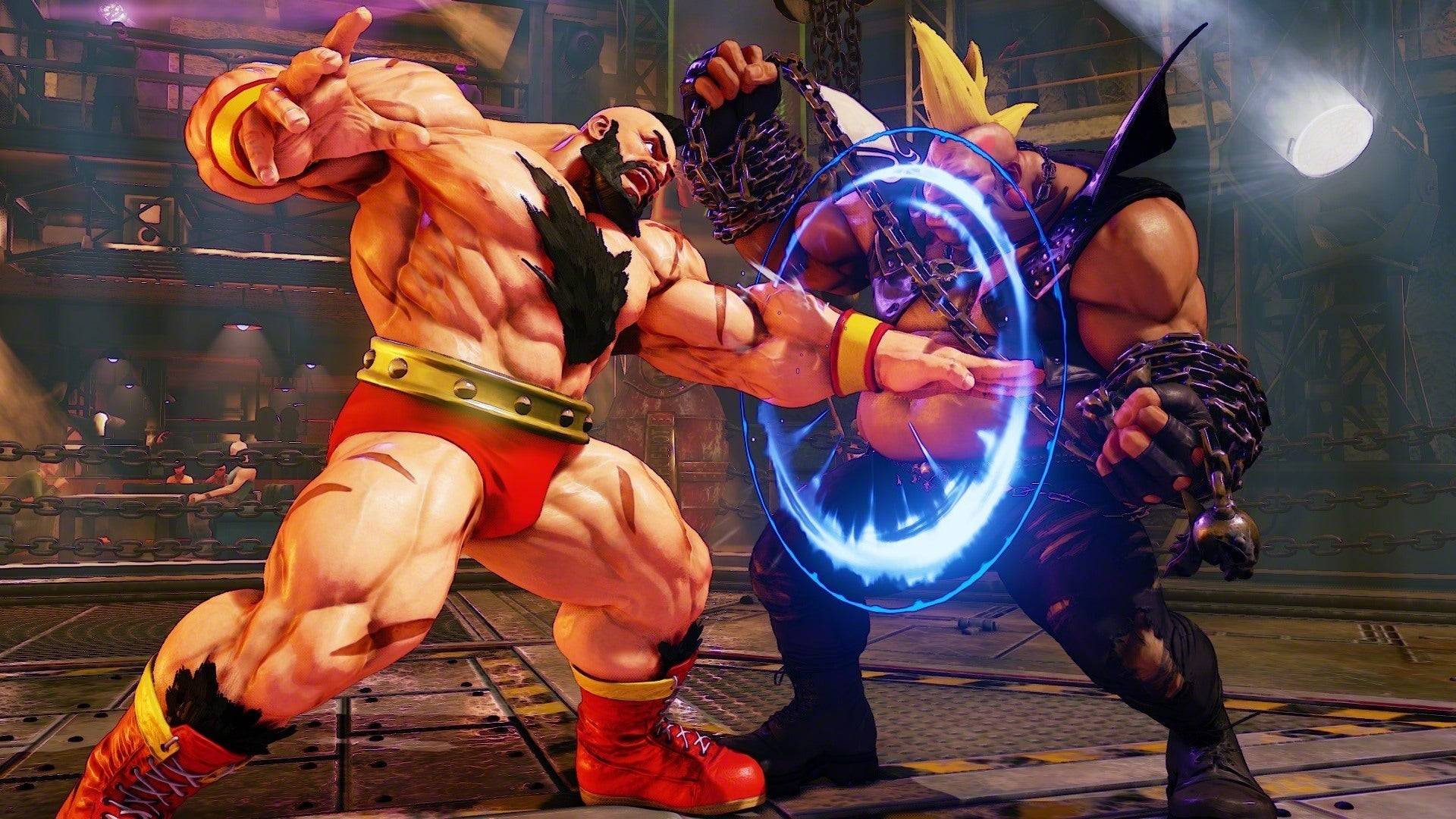
These limitations restricted their scope. Instead of transforming Street Fighter 5 into a top-tier game, they focused on fixing critical issues, biding their time until work on Street Fighter 6 could begin.
"We lacked the time to address all problems," Nakayama explains. "We had to wait for those ideas to be incorporated into Street Fighter 6 to handle things properly."
Why didn't Capcom simply end Street Fighter 5's development and start a sequel? According to Matsumoto, abandoning it wasn't an option. "There was no sense of 'Let's end Street Fighter 5 and focus on Street Fighter 6.' We were figuring out what we wanted to do in Street Fighter 6 while working on Street Fighter 5," he says.
"We experimented during Street Fighter 5's development, applying successful elements to Street Fighter 6. It was an ongoing process that helped us determine the direction for the next game."
The team treated Street Fighter 5 as a learning experience, using it to identify and correct design flaws. Numerous updates followed, improving netcode, rebalancing characters, adding new characters, V-Triggers, and even new mechanics like V-Shift, which was later tested in Street Fighter 6.
Beyond improving the game, Capcom aimed to rediscover the fun. Street Fighter 5 had become frustrating, so the goal was to make it enjoyable again.
"Fighting games are fun, and become more enjoyable with practice," Matsumoto says. "But Street Fighter 5 lacked a clear path to that point of enjoyment."
Previous attempts to increase accessibility by lowering difficulty alienated veteran fans. Street Fighter 6 expanded tools for new players while retaining features for experienced players. By using Street Fighter 5 as a testing ground, Street Fighter 6 (2023) became one of the franchise's most acclaimed entries.
To prevent similar situations, Capcom needed a broader strategic shift. This involved crucial behind-the-scenes changes.
Monster Hunter Took Over The World
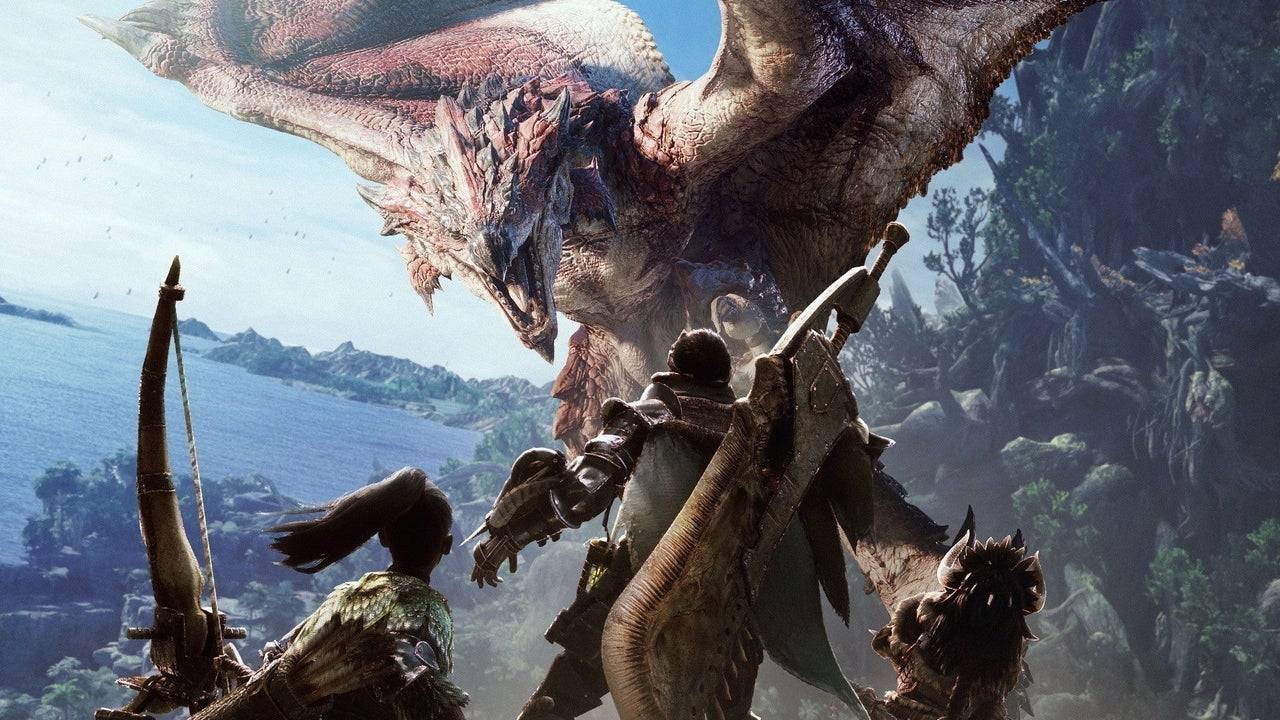
Around the launch of Street Fighter 5 in 2016, Capcom underwent an internal reorganization in preparation for a new generation of games. These games would utilize the RE Engine, replacing the aging MT Framework. This change extended beyond the engine; a new mandate ensured games were created for a global, not just regional, audience.
"Several factors converged," says Hideaki Itsuno, known for his work on Devil May Cry. "The engine change and a clear goal to create globally appealing games."
Capcom's games from the PS3/Xbox 360 era often targeted a perceived "Western market." While Resident Evil 4 was successful, spin-offs like Umbrella Corps and the Lost Planet series, chasing late-2000s trends, failed. Capcom realized it needed games appealing to everyone.
"We focused on making good games that would reach people worldwide," Itsuno says.
Itsuno notes that the period leading up to 2017 was pivotal. "Organizational and engine changes converged," he says. Resident Evil 7 (2017) marked the start of Capcom's renaissance.
"We focused on making good games that would reach people worldwide."
No series better exemplifies this global strategy than Monster Hunter. While it had Western fans, it was significantly larger in Japan. This wasn't intentional; several factors contributed.
Monster Hunter's success on PSP, particularly Monster Hunter Freedom Unite, boosted its popularity in Japan, where the handheld market is stronger. This local success, combined with limited online capabilities, led to Japan-focused content and events, reinforcing its image as a Japanese brand.
Western fans were envious of Japan-exclusive content. However, as online play became more prevalent in the West, Capcom saw an opportunity. Monster Hunter: World (2018), released simultaneously worldwide on PS4, Xbox One, and PC, was a massive change. It offered AAA console quality, larger areas, and bigger monsters.
"Calling it Monster Hunter: World was a nod to our desire to appeal to a global audience," Tsujimoto reveals. "Simultaneous worldwide release and no Japan-exclusive content aligned us with global standards."
Beyond simultaneous release, Capcom refined Monster Hunter's formula. Playtesting revealed that displaying damage numbers improved accessibility. These small tweaks propelled Monster Hunter to unprecedented heights. Previous titles sold 1.3 to 5 million copies; Monster Hunter: World and Monster Hunter Rise (2022) each sold over 20 million.
"Calling it Monster Hunter: World was a nod to our desire to appeal to a global audience."
This success wasn't accidental. Instead of altering Monster Hunter to suit Western tastes, Capcom made it more accessible without sacrificing its core elements. This approach continues with Monster Hunter Rise.
"Monster Hunter is an action game; the sense of accomplishment from mastering the action is key," Tsujimoto explains. "But for new players, it's about reaching that point. We analyze where players get stuck, gather feedback, and use that knowledge to improve systems."
Resident Evil 7 Began Turning Things Around
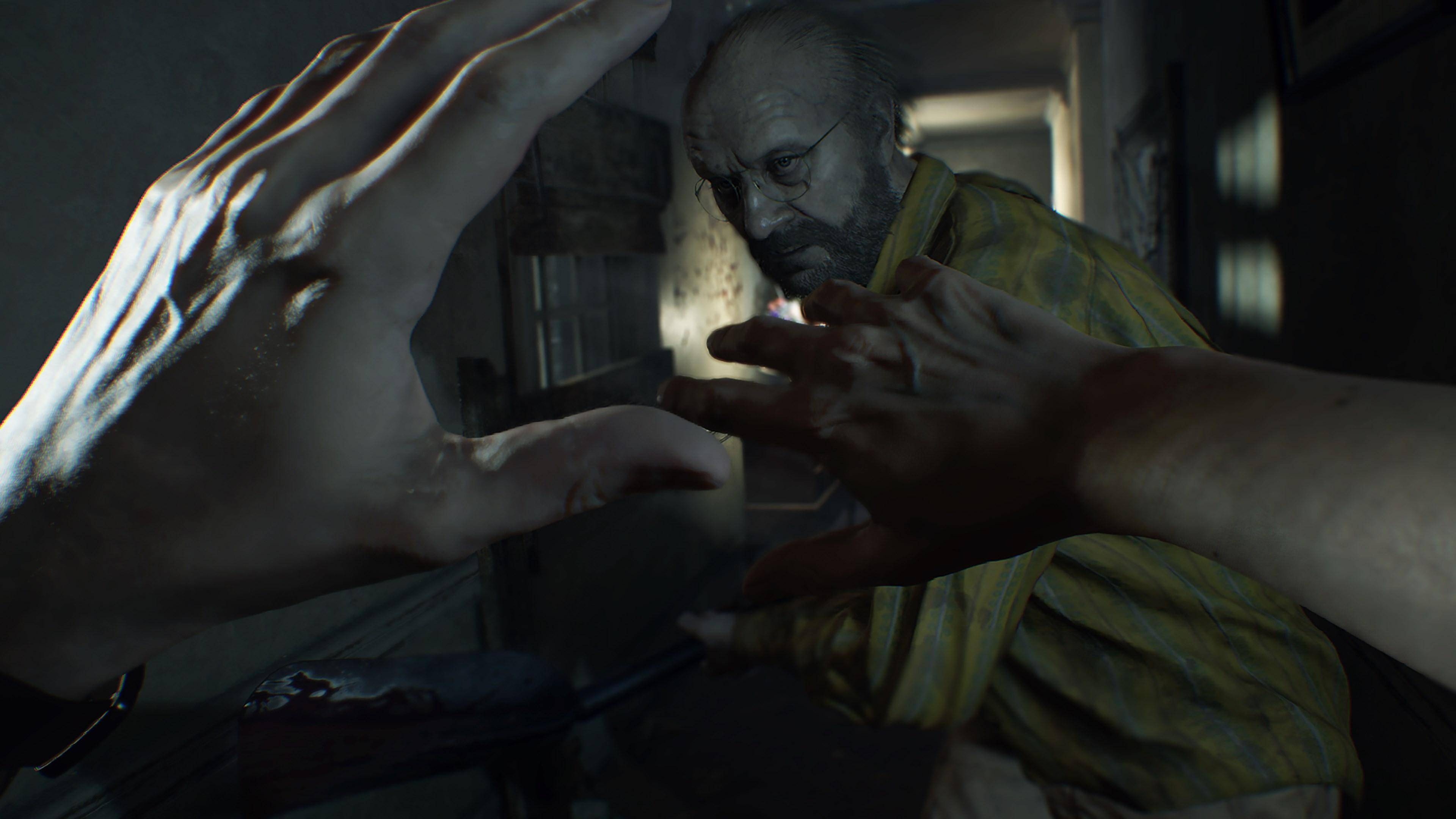
Monster Hunter had a winning formula; the challenge was global appeal. For Resident Evil, Capcom had to choose between gory action and survival horror. Resident Evil executive producer Jun Takeuchi made the call.
"I was working on Resident Evil Revelations 1 and 2, testing different approaches," recalls Yasuhiro Ampo. "Jun Takeuchi set the direction: Resident Evil needed to return to its roots."
Takeuchi prioritized survival horror. Resident Evil 7, announced at E3 2016, was a first-person game set in a dilapidated house. The announcement was met with excitement.
"We cannot underestimate how critical it is for the series to be scary."
Questions arose about the first-person shift, as third-person, over-the-shoulder gameplay was synonymous with the series. However, this change restored a lost element: scariness.
"Takeuchi made it clear that scariness and survival were critical. Resident Evil 7 would return to its origins, prioritizing survival elements," Ampo says.
The game was a hit. While not reaching Resident Evil 4's level, the shift back to survival horror was successful. Its unsettling setting made it one of the scariest in the series.
Capcom didn't abandon the third-person perspective. While Resident Evil 7 and 8 remained first-person, third-person games were planned through remakes, starting with Resident Evil 2. Fan projects demonstrated a demand for remakes.
"It was like, 'people really want this.' Producer Hirabayashi said, 'We'll do it'," Ampo reveals.
The Resident Evil 2 remake blended horror, action, and puzzles, introducing a menacing Tyrant system. It became the second best-selling Resident Evil game.
"Resident Evil 4 is beloved. If we get anything wrong with the remake, people might be vocal."
A Resident Evil 3 remake followed, but remaking Resident Evil 4, a still-modern game, seemed unnecessary. Ampo admits hesitation. "Resident Evil 4 is beloved. If we get anything wrong, people will be vocal."
Despite this, the remake was successful, refining the action-horror balance and restoring the survival horror focus. Campy elements were replaced with a darker tone, maintaining thrilling action sequences.
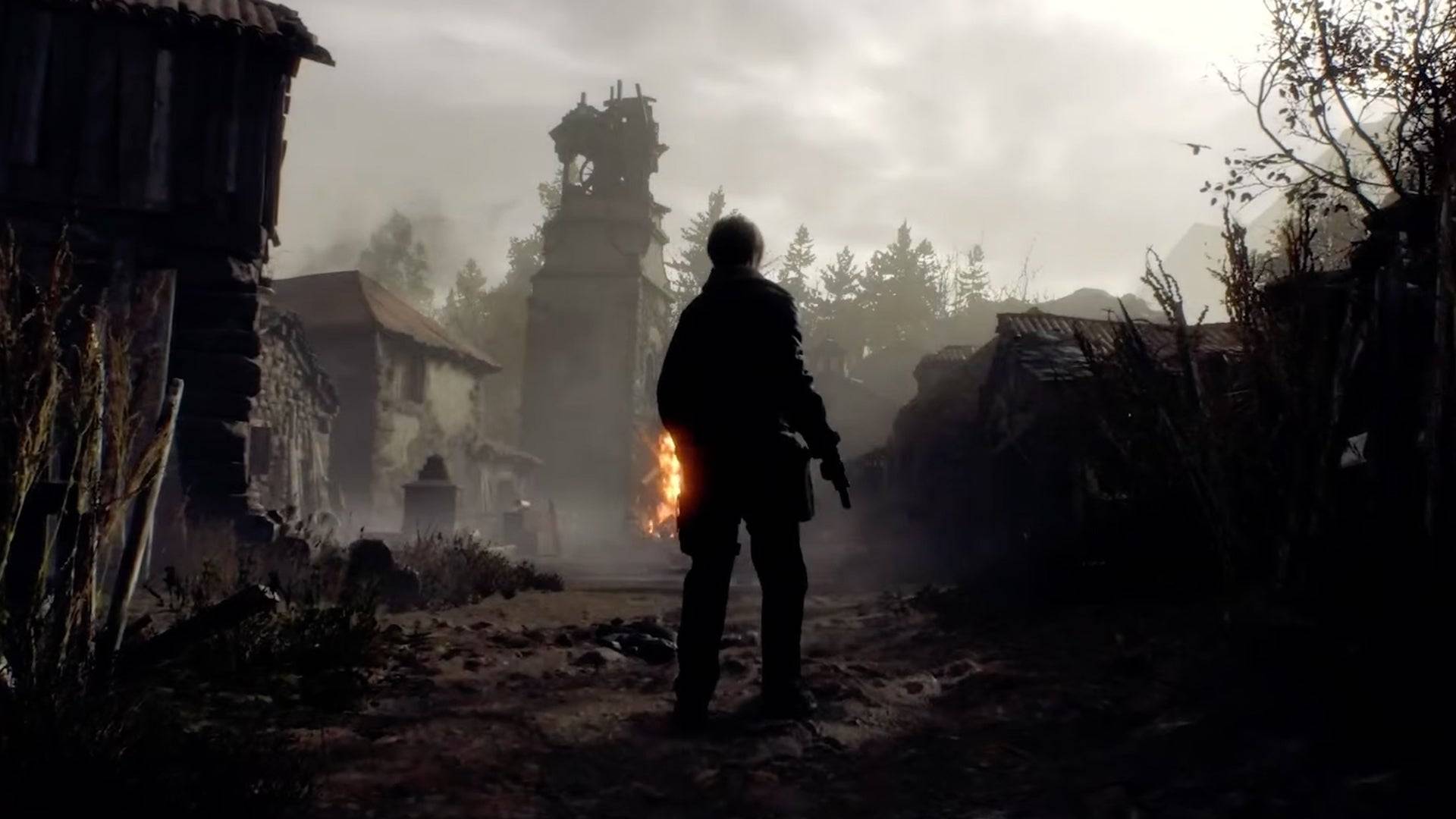
Simultaneously, Hideaki Itsuno had a similar realization with Devil May Cry. After Dragon's Dogma, he saw the action genre softening to appeal to a casual audience. With Devil May Cry 5, he aimed to challenge the genre, leveraging the RE Engine.
The Reason Behind The Change

"I felt the action game trend was too kind to players," Itsuno admits. "Lending a hand too much."
Itsuno directed Devil May Cry games since the second installment, except for DmC. After Devil May Cry 4 (2008), he returned after 11 years with one of the franchise's most successful entries.
The break allowed Itsuno to refine his vision, aided by new technology. "Technology changes significantly over time," Itsuno says.
The RE Engine, replacing the MT Framework, offered photorealistic assets and faster development. This allowed for rapid iteration and experimentation, crucial for Itsuno's goal of creating the "coolest" action game.
"The RE Engine was designed for a less stressful development environment," Ampo explains. "Internal development allowed for quick tool additions and iterations."
This enabled trial-and-error, vital for Itsuno's vision. The RE Engine's combination of tools and photorealistic capabilities enhanced Devil May Cry's style.
"Devil May Cry is about being cool," Itsuno says. "Since Devil May Cry 3, I've incorporated everything I consider cool into the games."
A New Capcom Golden Age
Since 2017, Capcom has released nearly annual game-of-the-year contenders. Its decade-long streak of critically acclaimed games is exceptional. This trend looks set to continue with Monster Hunter Rise.
Focusing on globally appealing games, built with advanced technology, proved incredibly successful. Capcom seamlessly transitions between genres without missing a beat.
"Capcom is in a golden era, and we need to make it last," Tsujimoto says. "Hopefully, we can extend it as long as possible."
This global focus didn't dilute the games' identities. Capcom maintains the core elements of its franchises while expanding their audiences.
Many studios are in Capcom's previous position, chasing trends and losing their identities. But Capcom's changes have created a new golden age.
When asked about this golden age, the directors agreed. Nakayama says, "It's exciting to be at Capcom. We're excited about our work and can focus on what's fun."
Tsujimoto added, "Capcom is in a golden era, and we need to make it last. Hopefully, we can extend it as long as possible."
-
1
![Roblox Forsaken Characters Tier List [UPDATED] (2025)](https://imgs.ksjha.com/uploads/18/17380116246797f3e8a8a39.jpg)
Roblox Forsaken Characters Tier List [UPDATED] (2025)
Mar 17,2025
-
2
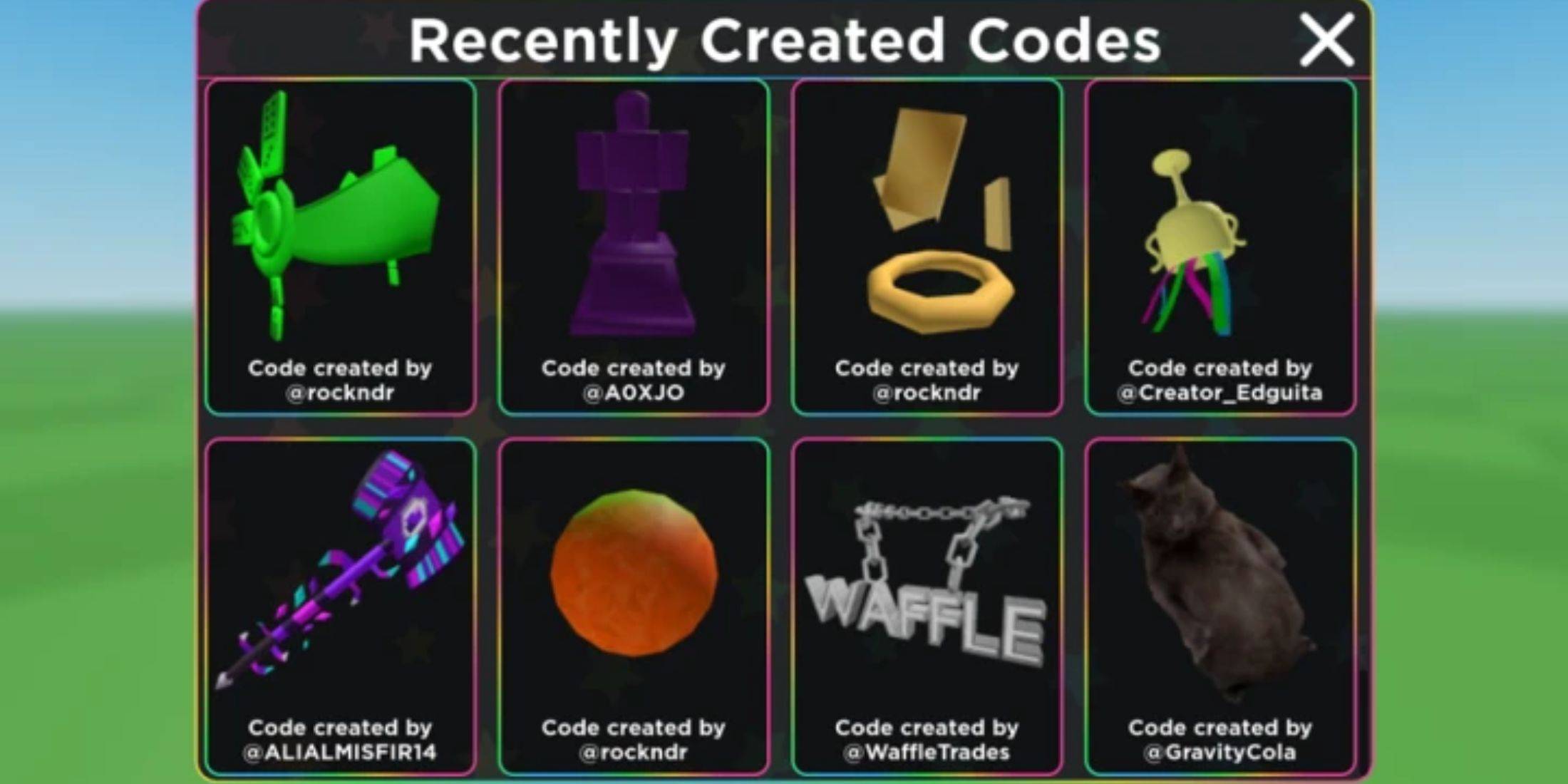
Roblox UGC Limited Codes Unveiled for January 2025
Jan 06,2025
-
3
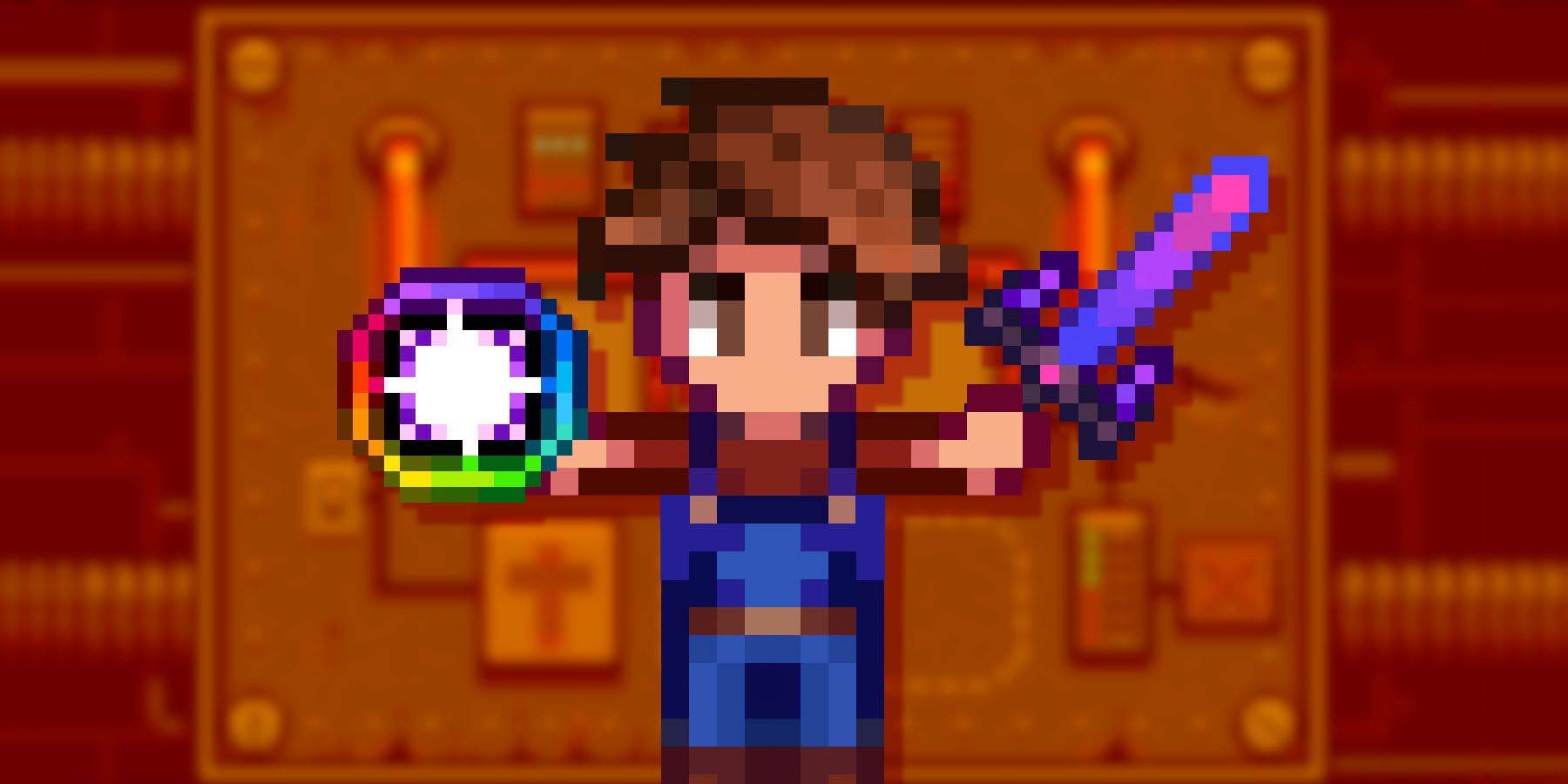
Stardew Valley: A Complete Guide To Enchantments & Weapon Forging
Jan 07,2025
-
4

Pokémon TCG Pocket: Troubleshooting Error 102 Resolved
Jan 08,2025
-
5
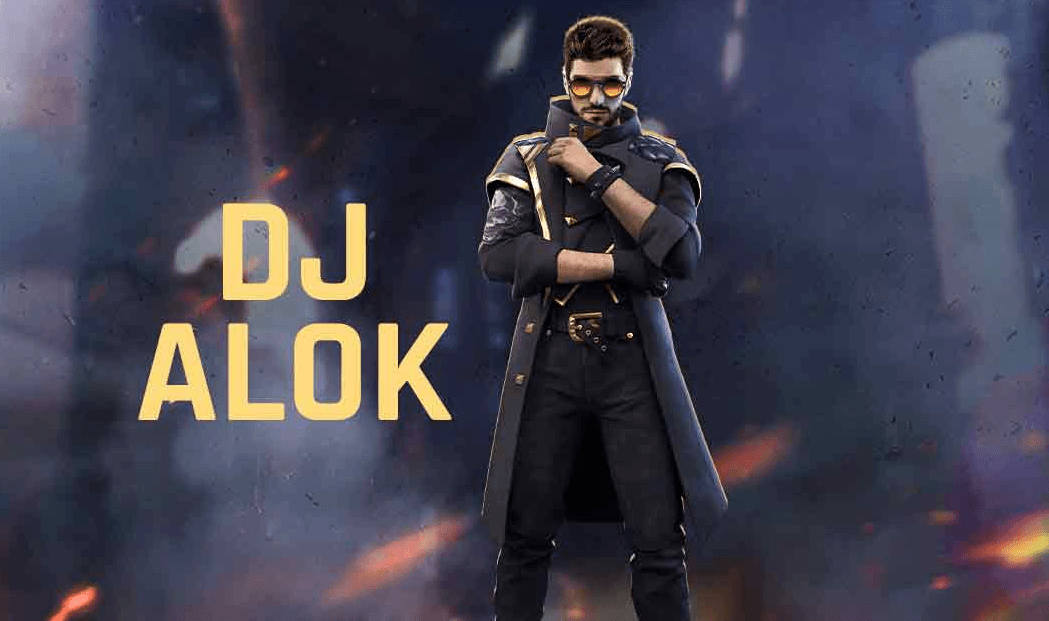
Free Fire Characters 2025: Ultimate Guide
Feb 20,2025
-
6
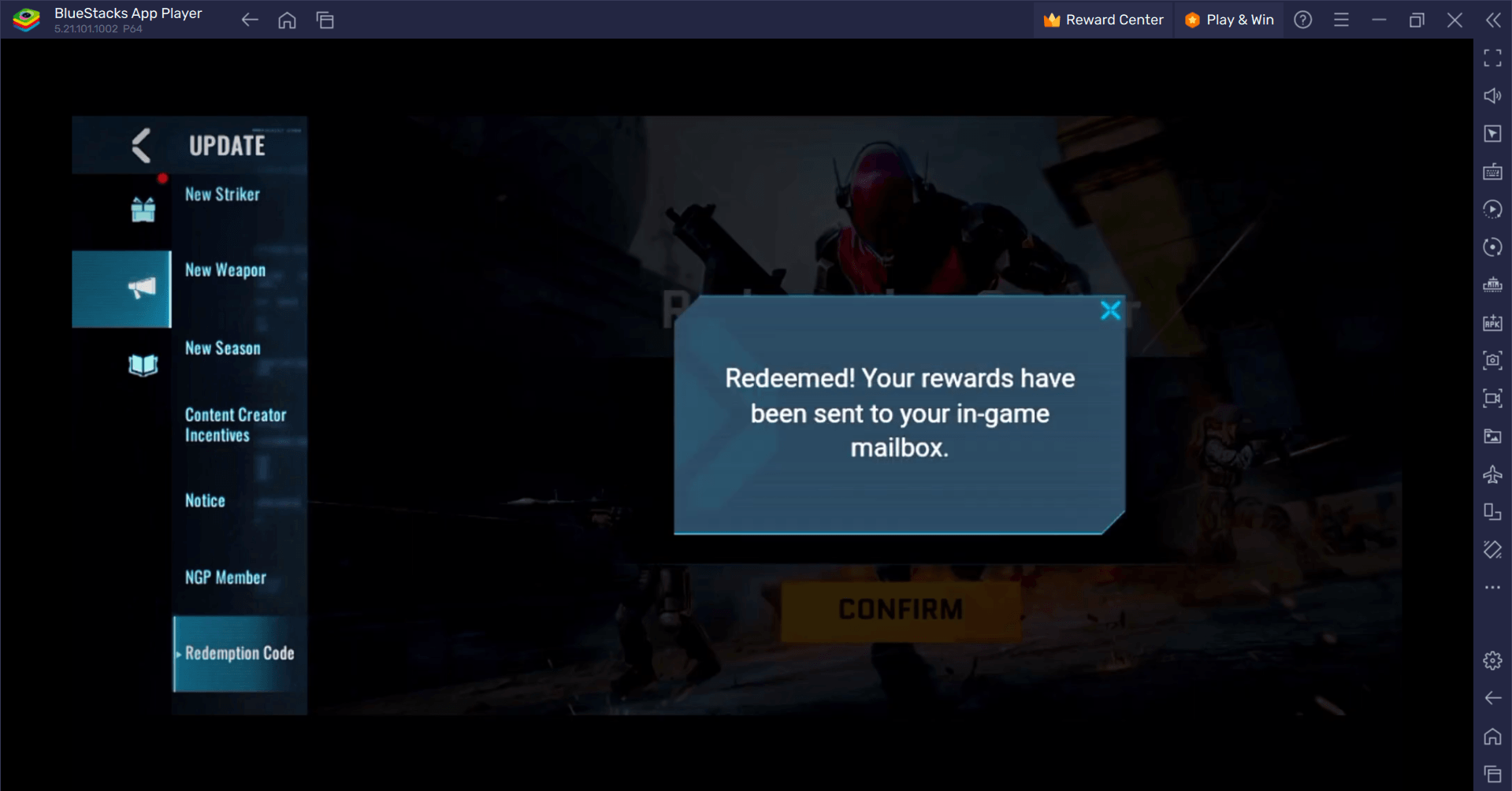
Blood Strike - All Working Redeem Codes January 2025
Jan 08,2025
-
7

Blue Archive Unveils Cyber New Year March Event
Dec 19,2024
-
8
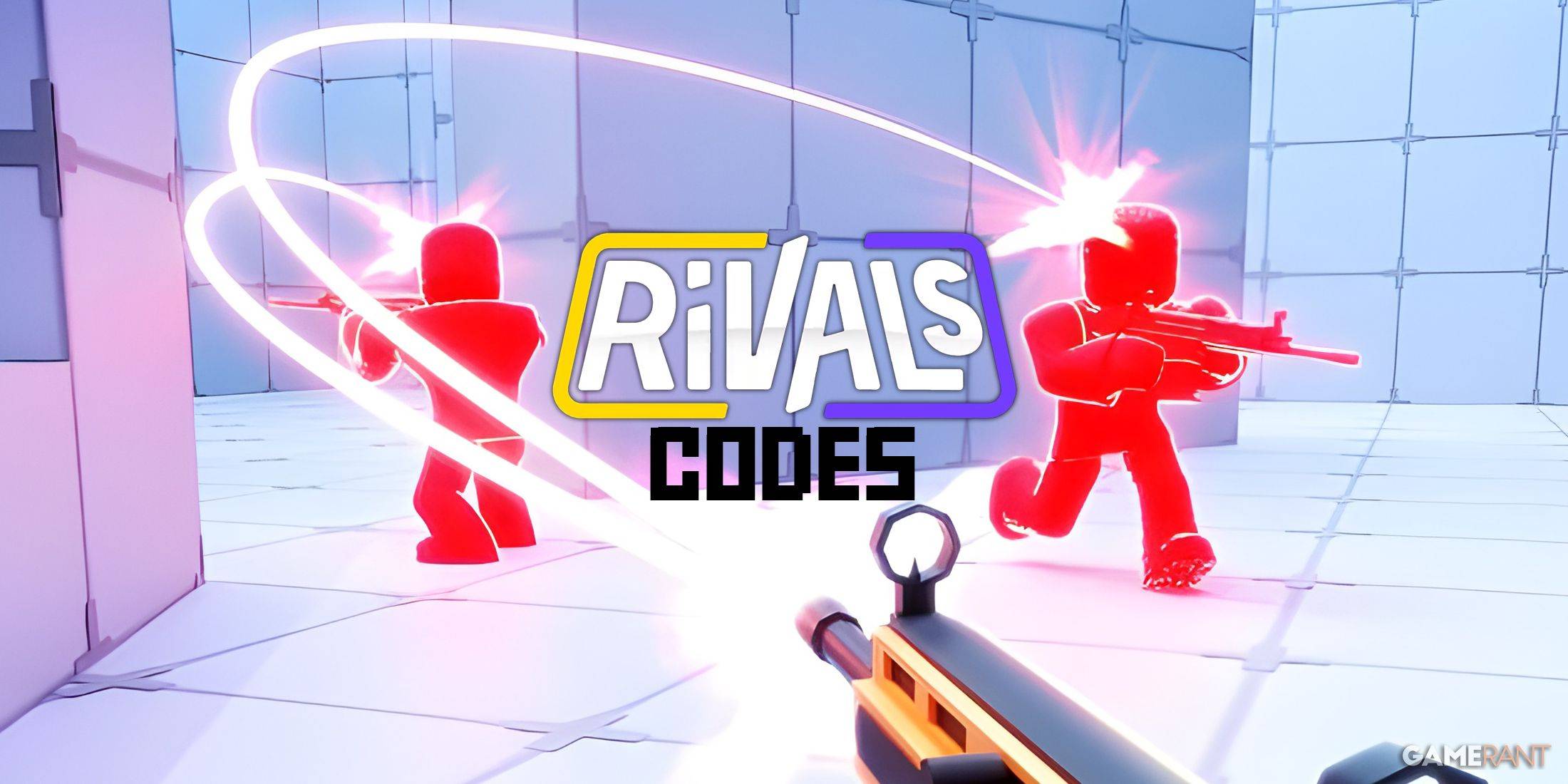
Roblox: RIVALS Codes (January 2025)
Jan 07,2025
-
9

Cyber Quest: Engage in Captivating Card Battles on Android
Dec 19,2024
-
10
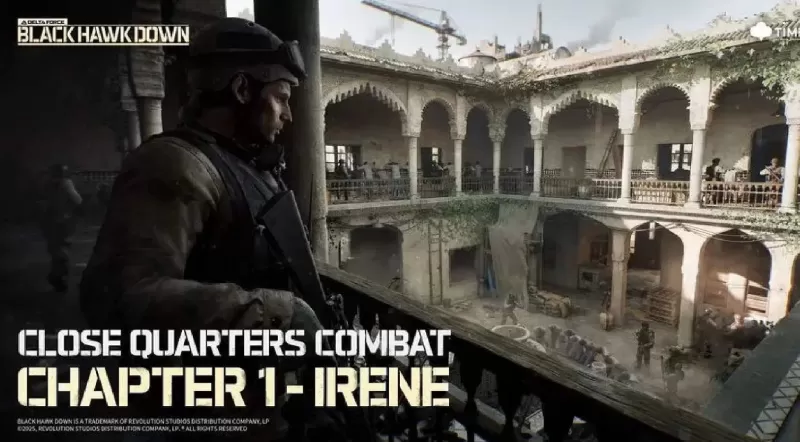
Delta Force: A Complete Guide to All Campaign Missions
Apr 09,2025
-
Download
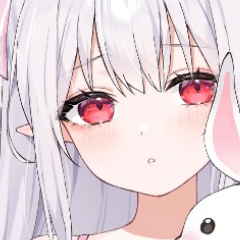
A Simple Life with My Unobtrusive Sister
Casual / 392.30M
Update: Mar 27,2025
-
Download

Random fap scene
Casual / 20.10M
Update: Dec 26,2024
-
Download
![Corrupting the Universe [v3.0]](https://imgs.ksjha.com/uploads/66/1719514653667db61d741e9.jpg)
Corrupting the Universe [v3.0]
Casual / 486.00M
Update: Dec 17,2024
-
4
Ben 10 A day with Gwen
-
5
Oniga Town of the Dead
-
6
A Wife And Mother
-
7
Cute Reapers in my Room Android
-
8
Permit Deny
-
9
Utouto Suyasuya
-
10
Roblox

